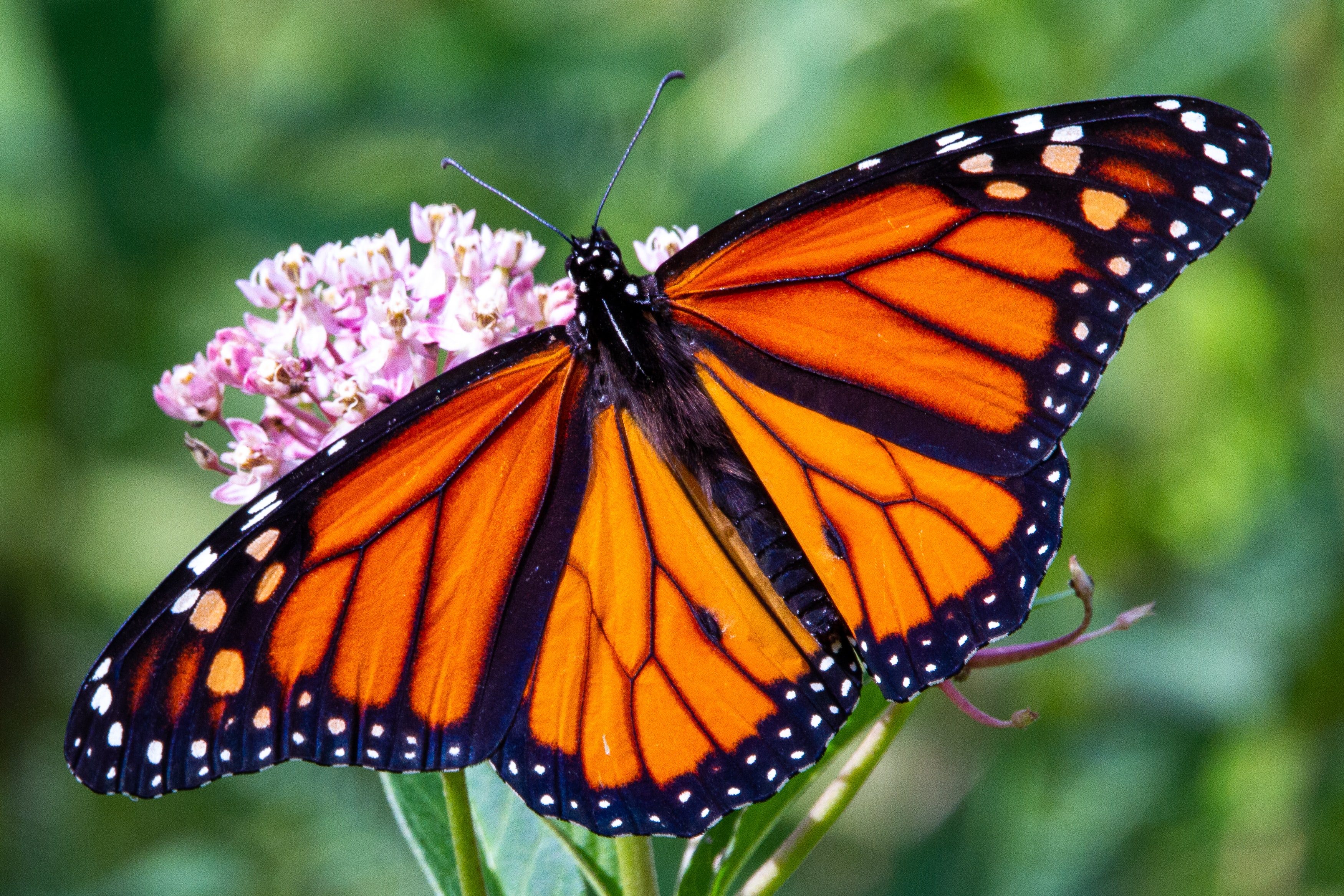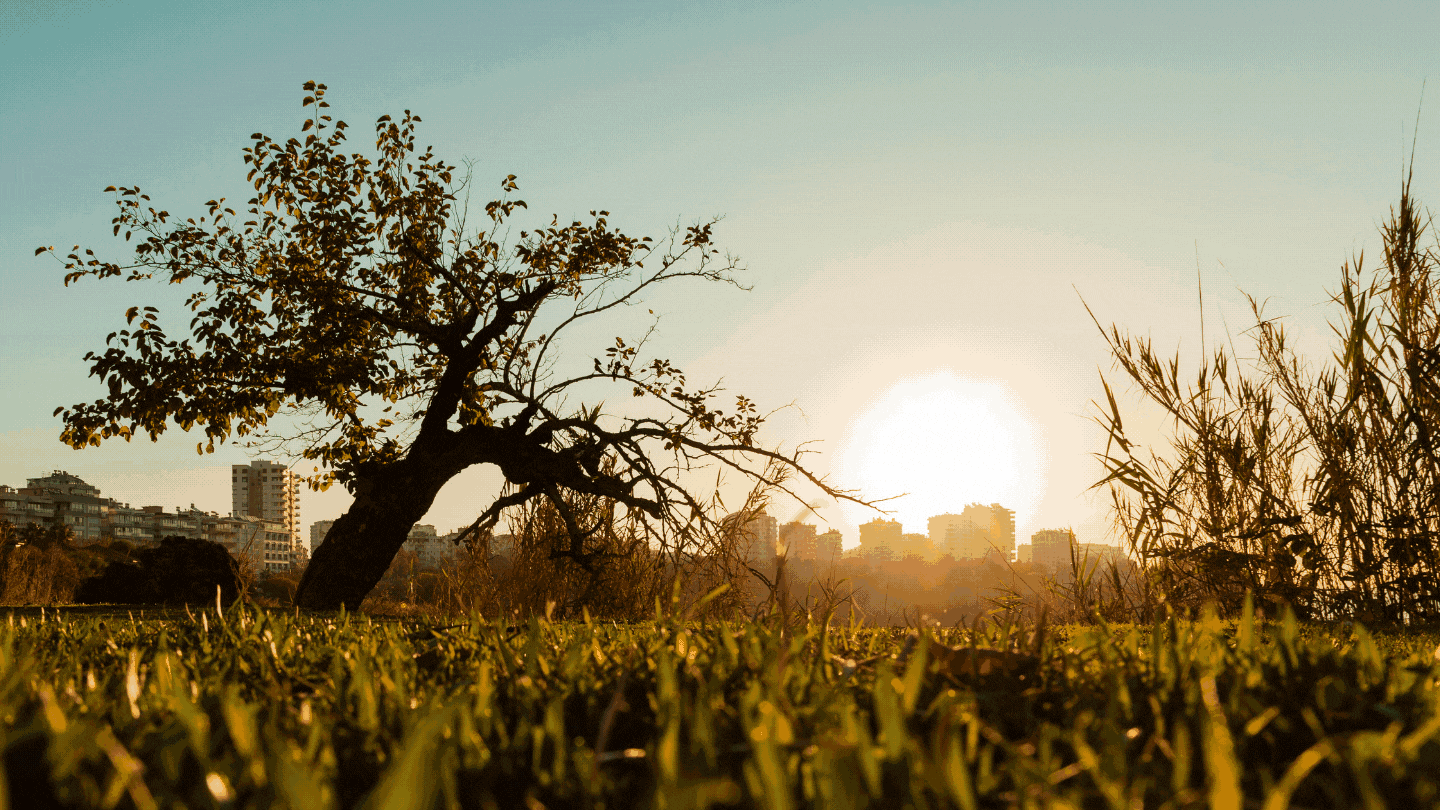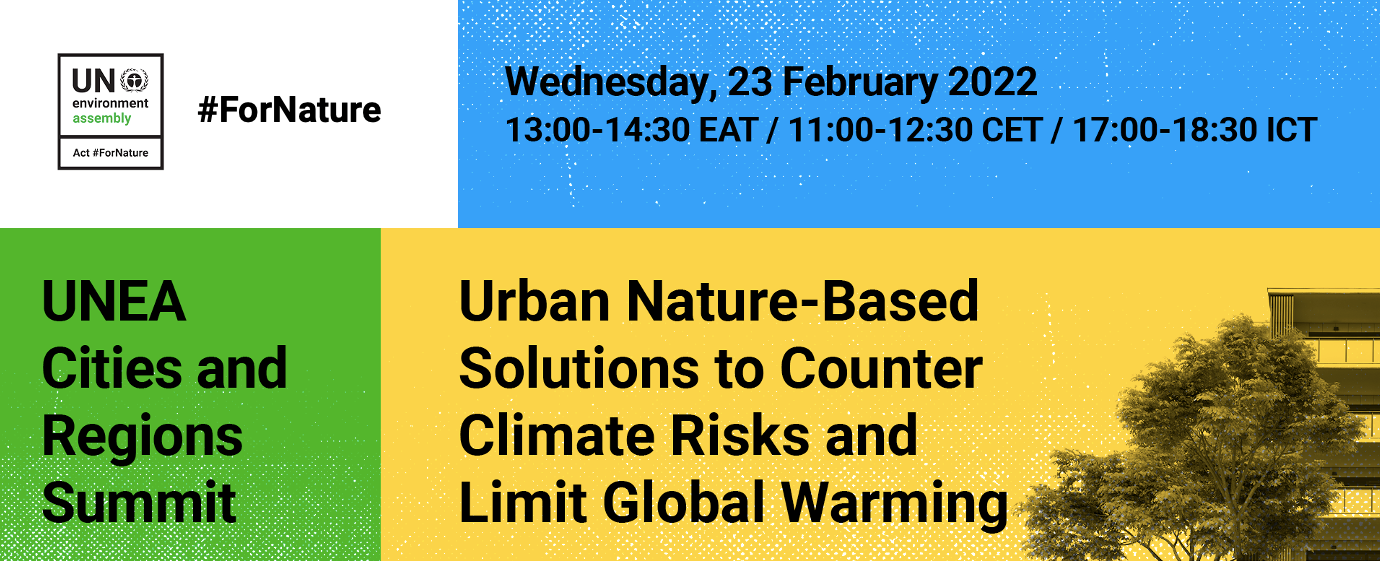The famed author, Fyodor Dostoevsky, once wrote that “every blade of grass, every insect, ant, and golden bee, all so amazingly know their path.”
It seems that, unfortunately, human beings may be the only element of nature deflecting from this natural path, with consequences and challenges that are shaping our future in challenging ways we did not foresee.
The complex, systemic socio-economic and environmental challenges we are facing nowadays – such as food security, climate change, water security, human health, disaster risk, human-induced species losses, ecosystem stresses and growing economic disparities – all however, still have solutions. And nature provides the opportunity for healing humanity’s relationship with Planet Earth – and yes, indeed nature is part of our cities and very much part of these solutions.
Nature is not only green landscapes, rivers, seashores, mountains, forests, and all that can be seen in a distant vista when one leaves the city. Nature is very much part of our urban environment – providing us and all living organisms with essential daily needs. And nature is not only found in our urban parks and gardens, it is literally all around us, in the very air we breathe, in the flight of every tiny insect and in the breakfast, lunch or dinner you and I will consume today.
Too often still, urban development takes place uncontrolled, forcing nature out of our cities or depleting our green corridors, stripping them from providing the services we so easily take for granted for our very survival. The opposite approach – integrating nature deeply into urban planning – allows both nature and urban communities to thrive together.
Nature and natural processes could instead guide urban planning and design and we can implement green urban policies which provide us with the instruments to reconnect with nature and also make our local communities more resilient to other challenges such as climate change, droughts and flooding, heat island effects and air pollution. Both people and nature benefit when the natural environment in and around cities is valued, cared for, healthy and sustainable.
Rich biodiverse ecosystems in and around our cities improve their liveability and the quality of life for all, but can particularly make a very significant and immediate difference for our most vulnerable populations who are already living on the edge, suffering hardest from the consequences of climate change, water stresses, quality and reliable food supply and air pollution.
There are plenty of great examples where nature is incorporated into good urban development. We know that local authorities have the tools and technologies to mainstream green infrastructure which in turn protects against extreme weather, support urban gardens to strengthen food security, increase green and blue spaces, improving quality of life for residents, and creating popular, safe and accessible recreation areas.
ICLEI member cities boast many and varied successful examples of building cities WITH nature. Stuttgart (Germany) has used regulatory policies and incentives to bring nature back into the city and created ventilation corridors to enable fresh air to sweep down from the hills surrounding the city. They also have over 2 million square metres of living green rooftops that absorb pollutants and reduce excess heat.
Shenzhen (China) is recognised as a pioneering low-impact development model because of its approach to stormwater management. Their main sports centre is equipped with a green roof, rain gardens and permeable pavement capable of capturing over 60% of annual rainfall. There are so many unique and innovative examples of working WITH nature to build the city we want for today and for tomorrow.
ICLEI, together with partners such as IUCN, WWF, UNEP and many others is successfully providing cities large and small with a global initiative called CitiesWithNature. Through CitiesWithNature, local and subnational governments are able to enhance the potential of nature to provide essential ecosystem services and solutions for the overall health of humans and for thriving robust natural habitats within and around our urban areas. Here, at CitiesWithNature, cities and regions can engage, connect, learn, share, act, and inspire each other to work WITH nature, protect, enhance and restore biodiversity – the very web of life we all depend on.
CitiesWithNature brings together over 200 cities across the globe, including Barcelona, Campinas, Rio de Janeiro, Medellin, Los Angeles, London, Merida, Tirana, Edmonton, Malmö, Cape Town, Dar es Salaam, Kochi, Montreal, Melbourne and many other leading local governments.
Among the many benefits and instruments that CitiesWithNature provides is the Nature Pathway, which guides cities on a journey of exploration and inspiration, where they can share with, and learn from, other cities. Along this journey, cities can show their commitments and ambitions towards incorporating nature’s benefits into city policy, planning and decision-making processes and implementation.
The year 2022 and the years ahead are crucial for the environment, with high-level events and conferences scheduled, which we hope will re-energise bold and ambitious international cooperation and new bolder collective action – also in our cities.
The United Nations Biodiversity Conference, COP15, represents an opportunity to transform humanity’s relationship with nature. The Kunming Declaration, as a result of the CBD COP 15, Part 1, is clearly voicing it by saying: “Putting biodiversity on a path to recovery is a defining challenge of this decade and it requires strong political momentum to develop, adopt and implement an ambitious and transformative post-2020 Global Biodiversity Framework.”
To reap the optimal benefits from such nature-based development interventions, all levels of government along with our urban communities will need to take hands and bring these efforts to the scale we need. And it can be done, if the will is there. Look at Freetown in Sierra Leone, where the city is busy planting and mapping and meticulously caring for hundreds of thousands of trees. The ambition is to plant 1 million trees in and around that one city alone! Bold leadership and whole of society approaches are what the world needs right now to restore our broken relationship with nature.
ICLEI, through its programmes, initiatives, projects and partners is fully committed to this. And we warmly invite all of you who are not yet part of the fast growing CitiesWithNature initiative to join us today! It is free and easy to join. Together, we can.







